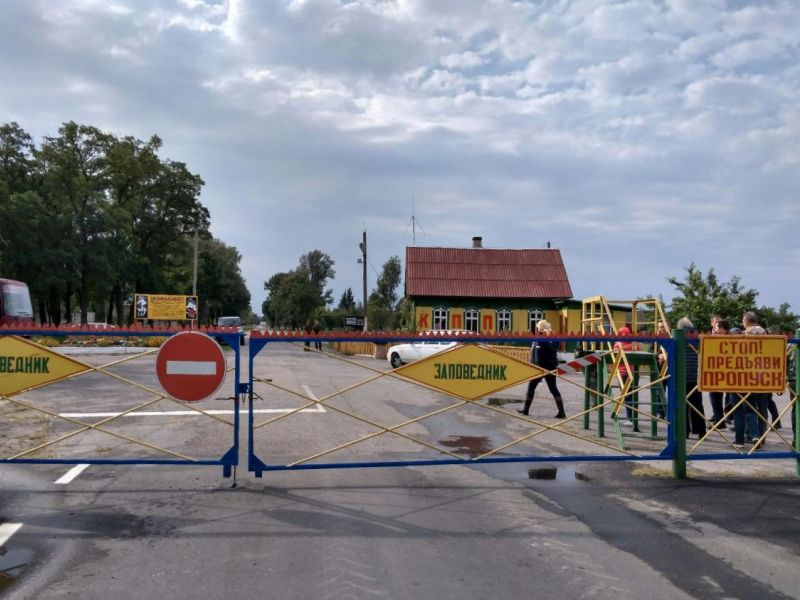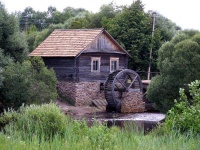- Home
- →
- All excursions across Belarus from Minsk
- →
- Belarusian Chernobyl
The cost of the tour Belarusian Chernobyl for individual and corporate groups
| The cost of the tour | 2-7 | 8-19 | 20-52 | 53-68 | |
|---|---|---|---|---|---|
| The cost for the group | 63'308 | 92'803 | 145'172 | 172'021 | Book |
| Price for 1 person in the group | from 9'044 | from 4'884 | from 2'792 | from 2'530 |
Included in the price
- other services
- certified guide services
- transport services
Additional charge
- lunch
Excursion to the Belarusian Chernobyl is a journey into the most dramatic chapter of modern history. On April 26, 1986, the explosion at the Chernobyl Nuclear Power Plant split time into “before” and “after.” Today, you will head to the Gomel region, to the Polesie State Radiation-Ecological Reserve — a place that took the brunt of the radiation and changed forever. You’ll hear stories about life before the disaster, the aftermath cleanup, and the fate of thousands who were affected by this tragedy. You'll visit a museum with artifacts that remained in the zone for decades, and then travel through a landscape where nature has reclaimed its place: abandoned villages, wild animals, and a silence that echoes with memory. This is more than a tour — it's a chance to touch the past that still speaks through forest branches and overgrown paths.
The excursion program - Belarusian Chernobyl
-

-
 Moving in Khoiniki (330 km)
Moving in Khoiniki (330 km) -

 After visiting the Polessky Museum of Radiation and Ecology Reserve you will see objects that have not left the territory of the Chernobyl Zone near several tens years. You will be told the details of the disaster because of which thousands of people were injured. And also you will learn how the soil, flora and fauna have changed after long years of protection of this territory.
After visiting the Polessky Museum of Radiation and Ecology Reserve you will see objects that have not left the territory of the Chernobyl Zone near several tens years. You will be told the details of the disaster because of which thousands of people were injured. And also you will learn how the soil, flora and fauna have changed after long years of protection of this territory. -
 Lunch
Lunch -

 Polessky radiation-ecological reserve
Polessky radiation-ecological reserve
As you travel along the roads of the restricted zone, you will see abandoned villages where time stopped in 1986. You will follow a safe route while learning about life in the reserve today: how nature has recovered without human interference, what rare animals inhabit these lands, and how radiation monitoring is carried out. This is a rare opportunity to touch history and see what the world looks like without people.
-
 Moving in Minsk (340 km)
Moving in Minsk (340 km) -
➥The end of the tour







